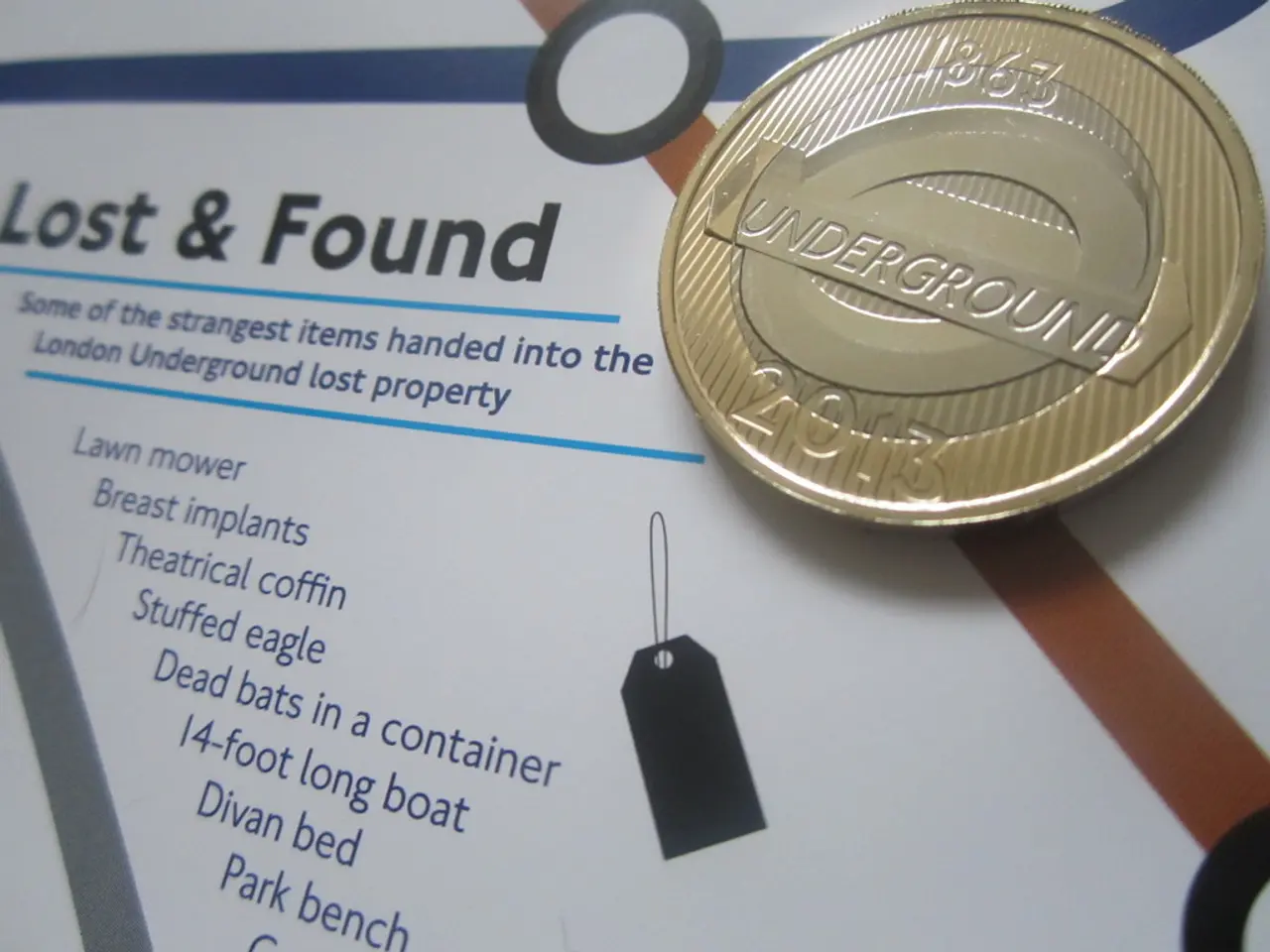EU funds port power: Bremerhaven secured over €5 million in land-based energy support from the EU
In a significant stride towards a greener shipping industry, Bremerhaven, Germany, is set to install new shore power connections at its container, cruise, and car terminals. This initiative forms part of a larger project involving the ports of Aarhus, Denmark, Gothenburg, Sweden, and Stockholm, Sweden, all of which aim to provide Onshore Power Supply (OPS) to container ships calling at these ports.
The project, supported by the EU's Connecting Europe Facilities programme, is expected to provide a joint funding of 18.8 million euros from the European Climate, Infrastructure, and Environment Executive Agency (CINEA). The funding will cover approximately 50% of the costs of a single shore power connection, with Bremerhaven receiving around 5 million euros for its installations.
By plugging into shore-based electricity while docked, seagoing vessels can turn off their ship engines, significantly reducing CO2 emissions and other pollutants during port stays. The project aims to support the reduction of shipping emissions by 2030, contributing to cleaner and more sustainable maritime transport in line with EU climate targets.
The expansion of shore power connections is an important step towards the goal of CO2 neutrality in the Overseas Port of Bremerhaven, as set by Bremenports CEO Robert Howe, who aims to achieve this by 2035. Mr. Howe believes that subsidies and funding can accelerate and expand environmental initiatives, making it beneficial for everyone.
The collaboration between the four major Northern European ports is a coordinated regional approach to green shipping infrastructure, reinforcing the EU’s commitment to sustainable transport and reduction of carbon footprints in the maritime sector by 2030. By 2030, container ships that call at the ports of Aarhus, Gothenburg, Bremerhaven, and Stockholm will be supplied with shore power.
Senator for the Ports, Kristina Vogt, expressed her delight at the joint success of the four major North Sea ports in securing the EU funding. She concluded that reducing the climate footprint of the shipping industry is a global challenge that does not stop at national borders.
International cooperation, according to Howe, is indispensable for looking beyond own horizons and securing funding. All port neighbours are currently working together and developing measures to achieve this goal. The project is a means to transform the shipping industry through new drives and renewable energies, accelerating and expanding environmental initiatives.
In Bremerhaven, plans for two new mobile and one fixed installation at the container jetty and one each at the cruise terminal and the car terminal for shore power are currently underway. These installations are designed to supply container, cruise ships, or car transporters with the power consumption of a small town with several thousand inhabitants.
The shore power installations in Bremerhaven are a part of Bremenports' efforts to achieve CO2 neutrality. The project is expected to reduce CO2 emissions by up to 35,000 tonnes per year, marking a significant step towards a more sustainable maritime future.
- The project, supported by the European Climate, Infrastructure, and Environment Executive Agency (CINEA), is aligning with the goals of environmental-science, as it aims to provide funding for new shore power connections in Bremerhaven, Gothenburg, Aarhus, and Stockholm, contributing to the reduction of climate-change emissions in the maritime industry.
- The expansion of shore power connections in Bremerhaven, part of the larger initiative, will allow seagoing vessels to switch to onshore power while docked, naturally decreasing the consumption of fossil fuels and thus, lowering energy expenses in the industry.
- With Bremerhaven's shore power installations being a significant part of the efforts towards CO2 neutrality, the financial aspect also comes into play, as the project, funded by the EU's Connecting Europe Facilities programme, is expected to generate economic benefits, making green solutions more accessible and advantageous for the shipping industry.




